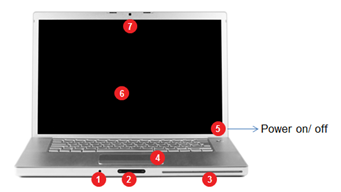4 Smart Instructional Design Strategies for Product Training

Product training is just not about exchanging product information. What training managers really would like to achieve as a result of training is for some real knowledge to be passed on – that which can be put to some productive use by the learners. Ideally, the format in which product training is delivered should depend on the requirement and the profile of the learners.
→ Download Now: Instructional Design 101
Here are a few instructional design strategies to design a product training course.
1. Use Product Demo Videos to show the operation of a product. If products are too complicated to use, videos seem a more viable option. Using videos is an effective methodology where it offers virtual hands-on training experience to learners helping them to present the product in the best way possible.
2. Use the Case Study-Based Training approach that helps learners analyze real-sales situations and learn how to handle such situations. Based on learners’ response, they will be given the recommended responses. This approach not only helps learners to learn more about the product but also helps them reinforce the product value and ensure customer satisfaction.
In the screenshot below, Bob couldn’t sell the product. His senior salesperson gives him tips on how to approach the prospect and make a sale.

3. Use Hotspots to engage the learner to participate in interactivities. Learners are required to click on each hotspot to gather more information.
The screenshot below shows the various parts of a laptop, clicking on which reveals the name of the part.
You can also create a drag-and-drop question (similar to labeling the parts), where learners need to drag the name of the part and drop it in the correct position.

4. Use Animations or Simulations to demonstrate the working of a product or assembling a product in a more interesting strategy. For software products, simulations created with instructional design tools are the best way to teach the working of the product, where learners are allowed to first WATCH the steps, next TRY the steps with the hints popping up on-screen, and finally they are allowed to DO it themselves.

These are some of the instructional design strategies to design a product training course. If you have any other strategies, do share.




![4 Key Strategies for Successful Product Knowledge Training [Infographic]](https://blog.commlabindia.com/hubfs/blogs/key-strategies-successful-product-knowledge-training-info.jpg)
![Essential Things for the Success of Online Product Training [Infographic]](https://blog.commlabindia.com/hubfs/Imported_Blog_Media/elearning-for-induction-training.jpg)